Canvas elements are not focusable by default. You need to set a tabIndex for it first.
Example
document.querySelector("canvas").onblur = function() {
var me = this;
me.style.background = "red";
setTimeout(function() {
me.style.background = "transparent";
me.focus();
}, 500);
}
canvas {border:1px solid #000}
Click on canvas then outside - a blur event will be thrown coloring the background red for half a second:<br>
<canvas tabindex=0 ></canvas>
However, I cannot really see any reason why you would need to force focus on the canvas element.
If you want to catch mouse and key events there are better ways to do it by for example prevent an event from bubbling up. Forcing focus will also prevent input fields from working, accessibility and so forth.
Here is one way you can catch mouse moves and key down events and redirect them to canvas use:
Example "hijacking" events
var ctx = document.querySelector("canvas").getContext("2d");
// redirect events
window.addEventListener("mousemove", function(e) {
var rect = ctx.canvas.getBoundingClientRect(),
x = e.clientX - rect.left,
y = e.clientY - rect.top;
ctx.fillRect(x-2, y-2, 4, 4);
});
window.addEventListener("keydown", function(e) {
e.preventDefault();
ctx.fillText(e.keyCode, Math.random() * 300, Math.random() * 150);
});
html, body {width:100%;height:100%;margin:0;overflow:hidden}
canvas {border:1px solid #000}
<h1>Demo</h1>
<p>Active this window by clicking in it, then hit some keys and move mouse around</p>
<canvas tabindex=0></canvas>
<h2>End</h2>
<button>Test button</button>
